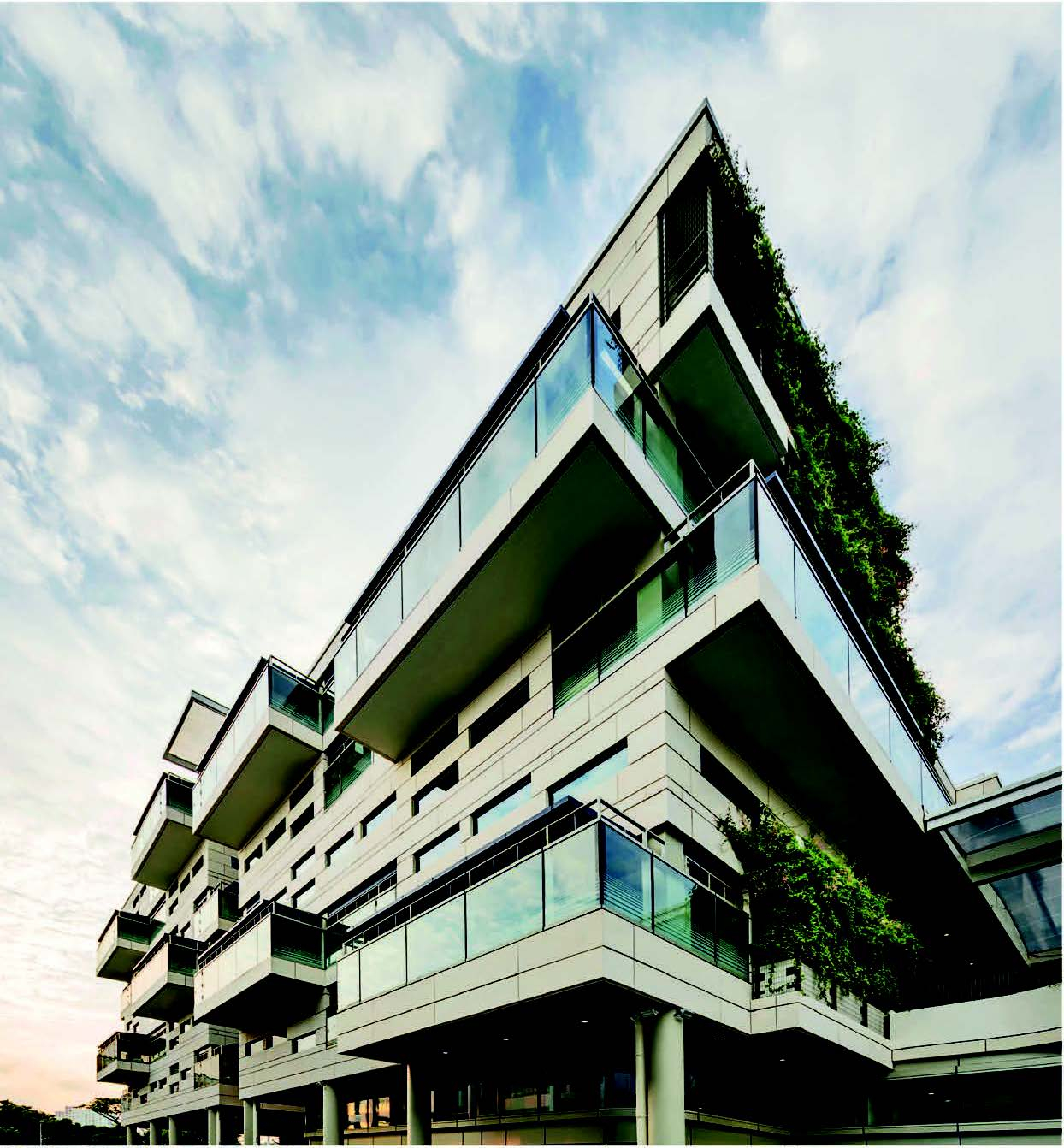
Helen Taylor, Director of Practice, Scott Brownrigg and Sharon Wright, Senior Associate, The Learning Crowd, talk about how their new book addresses crucial issues for inner-city schools, educationalists and local authority planners.
Our cities are facing challenges in how to accommodate an increasing population. More school places are needed than ever before but land is in short supply and funding can be limited. In our upcoming book ‘Urban Schools: Designing for High Density’, experts examine how the city can continue to provide the best education experience for children when space is tight.
Case studies from around the world, as well as historic examples, are used to explore the educational, architectural, planning, construction and regulatory context that is driving this new wave of school designs.
Our intent is to share the successes and help the education design world learn the key lessons to enable them to deliver new solutions that meet the needs of children now and in the future. In doing so we have identified the opportunities and challenges for integrating these new approaches into the city. We hope this book will be useful to educators, designers and policy makers as they look for new ways to tackle the challenges ahead.
We conclude that schools must enhance the urban fabric of the cities in which they sit. There are fantastic possibilities but also challenges that we need to address collectively if we are to successfully deliver new types of educational architecture and the best possible learning spaces.
Delivering more for less is not easy. Many of the approaches below would not be the preferred choice of how to accommodate school places. But they can still result in excellent spaces for high quality education.


Issues which impact design
We need to move away from a fixed view of what a school is and consider the following:
Other key themes around which to focus future discussions include:
The importance of co-location
Questioning how education can be delivered to better serve communities is a subject that is relevant beyond urban environments. Around the UK there are excellent examples of co-location of schools on less constrained shared sites.
These approaches not only make best use of available land, they also serve a range of additional purposes:
Safeguarding will always be a priority for schools, even to the point that it can blinker us to new solutions. When budgets are tight we should not be delivering buildings that will be expensive to run or maintain either now or in the future.
Education is dynamic and will continue to change and be influenced by its location and political context. But regardless of the economic and political context, the collective drive to enhance the experience for the child and improve their environment will remain and ensure our educators, designers, and builders will continue to collaborate and innovate. Our policy makers can support this important ambition by ensuring that the procurement and legislative context enables these new approaches.
This book does not assume that every site or existing building can accommodate a mixed use development or high rise school but rather challenges our thinking about how we can continue to find new solutions in our cities.